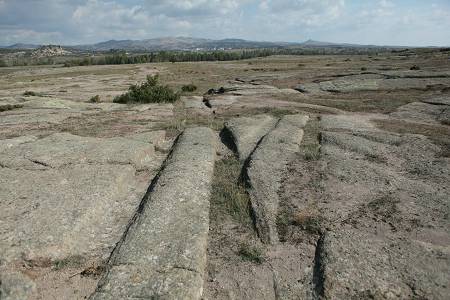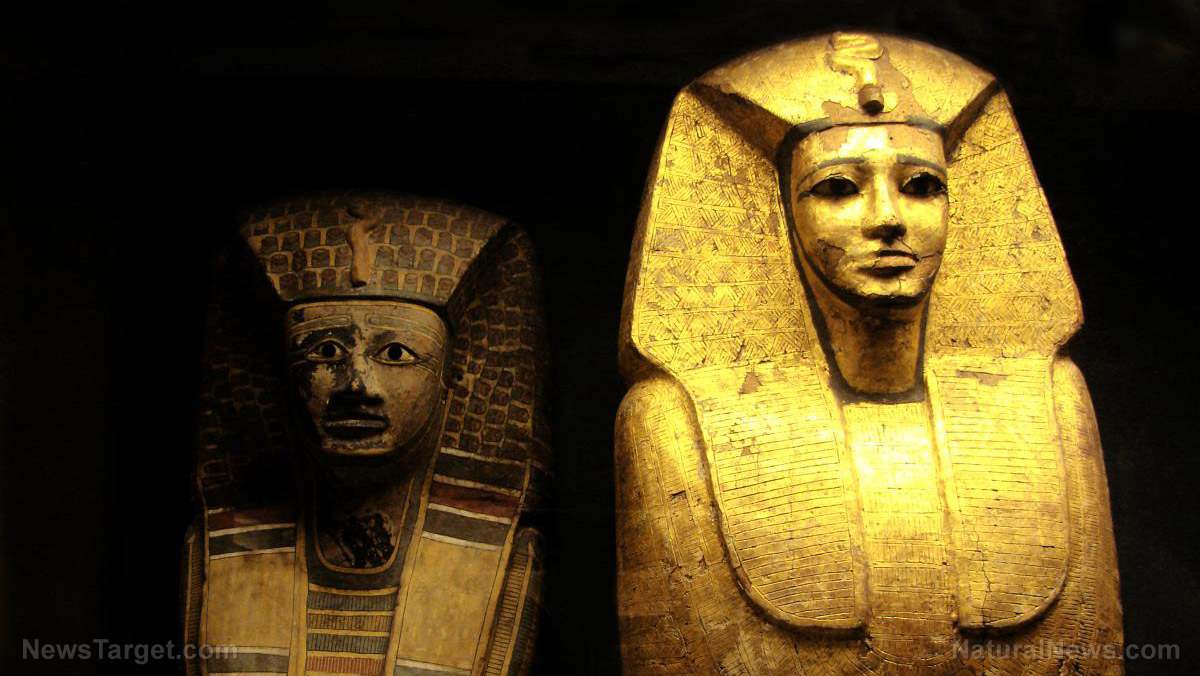
Advertisement
Could there have been large all-terrain vehicles driving across the earth’s landscapes twelve million years ago? And, if so, what kind of civilization would have created, or driven these machines? According to TheEpochTimes.com, Russian geologist Dr. Alexander Koltypin, has found what he calls petrified wheel tracks in Turkey, France, Spain and Italy. These tracks are coated with heavy mineral deposits and some are adjacent to ancient underground cities with wells and irrigation systems. Dr. Koltypin believes the tracks were created on ground that was once malleable as clay – and then trodden down by “vehicles” with nine inch wide tires.
Dr. Koltypin is not a fly by night scientist. He has traveled extensively throughout the world, visiting hundreds of archeological and historical sights. His employer is Moscow’s International Independent University of Ecology and Etiology, where he holds a prestigious position as the Director of the National Science Research Center.
Most people working in the field of archeology surmise that these tracks were created by carts being pulled by animals a few thousand years ago, and most certainly not twelve millions years ago. But Dr. Koltypin, as reported on his site Beforetheflood.com, believes that the earth’s “geological layers have many layers accumulated,” and beings “similar and not similar to man” may have inhabited the earth as many as 66 million years ago.”
Dr. Koltypin’s has participated in extensive field studies in geographical locations where these tracks exist. He also has accumulated a great deal of knowledge in the ancient texts of geological and archeological accounts. He believes the evidence points to the existence of a large network of roads that were “spread through much of the Mediterranean” during the Miocene era, approximately 12 – 14 million years ago.
There are two areas in Turkey where the length and width of the tracks are significant. They measure 45 miles by 10 miles in Sofca. And in Cappadocia, where underground cities had been built, the tracks are 25 miles by 15 miles. A single civilization that was widespread, says Dr. Koltypin, created these tracks. Why don’t most archeologists agree with him? He stresses that catastrophic weather events, including flooding, earthquakes, tsunamis and volcanic eruptions have “wiped out” most of the evidence of what was a very “advanced prehistoric civilization.”
For more information about Dr. Koltypin’s theories, visit here.
Sources:
(Photo credit: TheEpochTimes.com)
Submit a correction >>
This article may contain statements that reflect the opinion of the author
Advertisement
Advertisements















